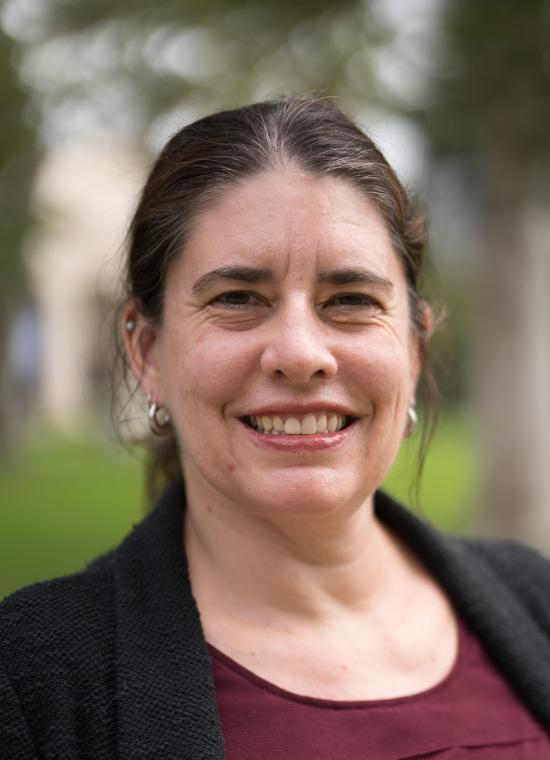-
Expertise
-
Work
Work
Published books and articles:
Seismic City: An Environmental History of San Francisco’s 1906 Earthquake, Weyerhaeuser Environmental Books Series (Seattle and London: University of Washington Press, 2017).
Response, H-Environment Roundtable Review of Seismic City: An Environmental History of San Francisco’s 1906 Earthquake, ed. Kara Murphy Schlichting, vol. 10, no. 4 (2020): 19-23.
“Transience, Labor, and Nature: Itinerant Workers in the American West,” International Labor and Working-Class History, special issue Environment and Labor, 85 (Spring 2014): 97-117.
“San Francisco, California,” in Kathleen A. Brosnan, Ed., Encyclopedia of American Environmental History, Facts on File, 2011: 1165-1167.
“Lessons from History: Coastal Cities and Natural Disaster,” Management of Environmental Quality 20, no. 4 (2009): 460-473.
“The War on Rats versus the Right to Keep Chickens: Plague and the Paving of San Francisco, 1907-1908,” in Andrew C. Isenberg, Ed., The Nature of Cities: Culture, Landscape and Urban Space (Rochester, NY: University of Rochester Press, 2006): 38-61.
Talks and interviews:
“Patterns in Bay Area Earthquake History,” invited talk, U.S. Geological Survey Earthquake Science Center, June 2021.
New Books Network podcast discussion of Seismic City, hosted by David Fouser, August 27, 2018.
-
Education
Education
Ph.D. in History, Princeton University.
M.A. in History, Princeton University.
B.A. in History, Stanford University.
-
Awards & Honors
Awards & Honors
Haynes Foundation Faculty Fellowship for “Creating the Southern California Coast: An Environmental History of Coastal Engineering and Transformation,” 2022-2023.
Martin Ridge Award for the best book on California history emphasizing the twentieth century for Seismic City, Historical Society of Southern California, 2018.
Honorable mention, Vincent P. DeSantis Prize for the best book on United States history from 1865 to 1920 for Seismic City, Society for Historians of the Gilded Age and Progressive Era, 2019.
Copeland Colloquium Fellowship, Theme: “Catastrophe and the Catastrophic,” Amherst College, 2013-2014.
Rachel Carson Prize for best dissertation, American Society for Environmental History, 2006.
